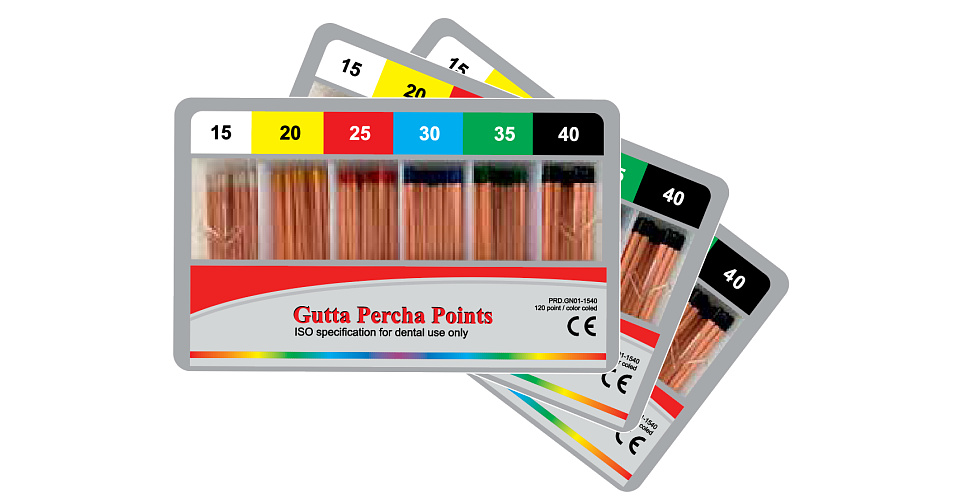Introduction to Gutta Percha Dental
Gutta percha dental is a term that uses gutta percha, a natural latex material, in dental procedures, particularly in endodontics or root canal therapy. This biocompatible substance has been a staple in dental practices for over a century and is renowned for its effectiveness and safety. In this article, we will explore the properties of gutta percha, its applications in dentistry, its advantages and disadvantages, and the future of this vital material in dental health.
What is Gutta Percha?

Properties and Composition
Gutta percha is derived from the sap of the Palaquium gutta tree, predominantly found in Southeast Asia. It is a thermoplastic material that becomes pliable when heated and hardens upon cooling. Its unique properties include excellent biocompatibility, resistance to moisture, and the ability to be shaped and manipulated, making it ideal for dental use.
Historical Background
Gutta percha has been used in dentistry since the mid-19th century. Its introduction coincided with the development of modern endodontic techniques. The material quickly gained popularity due to its favorable properties, making it the standard filling material for root canal treatments.
Applications of Gutta Percha in Dentistry
Endodontic Treatment
The primary application of gutta percha dental is endodontic treatment, commonly known as root canal therapy. During this procedure, the dentist removes the infected or damaged pulp from the tooth and cleans the root canals. Gutta-percha is then used to fill the space, providing a seal that prevents re-infection and promotes healing.
| Step in Endodontic Treatment | Description |
| Diagnosis | Identifying the need for a root canal. |
| Pulp Removal | Removing the infected or damaged pulp. |
| Cleaning and Shaping | Cleaning the root canal system to prepare for filling. |
| Filling with Gutta Percha | Using gutta percha to seal the canals. |
| Restoration | A crown or filling is placed to restore the tooth. |
Other Dental Uses
While gutta percha is predominantly used in root canal therapy, it has other applications in dentistry. These include:
- Temporary Fillings: Gutta percha can be used as a temporary filling material in various dental procedures.
- Sealing Material: It is a sealing agent in some dental applications, such as apicoectomy procedures.

Advantages of Gutta Percha
Biocompatibility
One of gutta percha’s most significant advantages is its biocompatibility. The material is well-tolerated by the body, minimizing the risk of allergic reactions or adverse effects. This property makes it a safe choice for dental applications.
Moisture Resistance
Gutta’s purchase resistance to moisture is crucial in dental procedures. It prevents fluids from penetrating the root canal, helping to maintain the integrity of the treatment and reducing the likelihood of reinfection.
Easy to Manipulate
The thermoplastic nature of gutta-percha allows it to be easily shaped and adapted to the contours of root canals. This adaptability ensures a better seal and more effective treatment outcomes.
Radiopacity
Gutta-percha is radiopaque, meaning it shows up clearly on X-rays. This property helps dentists visualize the filled root canal, making it easier to assess the treatment’s success and identify any potential issues.
Disadvantages of Gutta Percha
Limited Adhesion
One drawback of gutta-percha is its limited ability to adhere to teeth’ dentin surfaces. While it provides an effective seal, it does not bond strongly to tooth structure, which can sometimes be a concern.
Potential for Shrinkage
Gutta percha can experience slight shrinkage over time, which may create space for bacteria to enter the root canal. Although this risk is minimal with proper technique, it remains a consideration for dental professionals.
Technique Sensitivity
The successful use of gutta-percha in root canal therapy requires precise technique and skill. Improper placement or handling can lead to complications, making it essential for dentists to be well-trained in endodontic procedures.
The Future of Gutta Percha in Dentistry
Innovations and Alternatives
As dental technology continues to evolve, research and developments are ongoing aimed at enhancing the properties of gutta-percha or finding suitable alternatives. New materials, such as bioceramics and resin, are being explored for their potential advantages in root canal treatments. However, gutta-percha remains the gold standard due to its proven track record and effectiveness.
Integration with Technology
Advancements in dental technology, such as 3D imaging and enhanced endodontic instruments, are improving the overall effectiveness of root canal treatments. These innovations may help mitigate some of gutta-percha’s limitations by allowing for more precise application and improved outcomes.
Continued Education
With the growing body of research surrounding dental materials, dental professionals must stay informed about the latest developments in gutta percha and its applications. Ongoing education and training will ensure that dentists are equipped to provide the best possible care to their patients.

Conclusion
Gutta-percha plays a crucial role in modern dentistry, particularly in endodontic treatment. Its biocompatibility, moisture resistance, and ease of manipulation make it a preferred choice for filling root canals. While some disadvantages, such as limited adhesion and potential shrinkage, exist, the overall benefits of gutta-percha have solidified its place as a cornerstone in dental practice.
As dentistry continues to evolve, gutta-percha remains relevant, with ongoing research exploring its properties and potential alternatives. For patients undergoing root canal therapy, understanding the role of gutta-percha can provide reassurance about the effectiveness and safety of their treatment. Whether through technological advancements or the continued commitment to education, the future of gutta-percha dental looks promising, ensuring that it will remain an integral part of dental care for years.

